When the HANS device first appeared in motorsports circles during the late 1990s, many veteran drivers dismissed it as unnecessary. The bulky collar seemed intrusive, an awkward addition to their finely tuned racing machines. Yet within two decades, this unassuming piece of safety equipment would rewrite survival statistics in catastrophic crashes, becoming as essential as seatbelts in passenger vehicles.
The physics behind fatal racing accidents hadn't changed for decades. When a car decelerates violently from 200mph to zero, the human body continues moving forward until restrained by safety harnesses. This sudden stop frequently caused basilar skull fractures - an injury that claimed legends like Dale Earnhardt Sr. and Roland Ratzenberger. Traditional helmets and seats did little to prevent the head from whipping forward with devastating force.
Dr. Robert Hubbard, a biomechanical engineer, approached this problem differently. His 1985 prototype addressed the fundamental issue: restraining both head and torso simultaneously. The HANS (Head and Neck Support) device functions like a seatbelt for the cranium, tethering the helmet to a carbon fiber yoke that distributes crash forces across the shoulders and chest. Early versions required cultural adaptation - drivers complained about restricted movement during shoulder checks - but the science proved irrefutable.
Major racing organizations initially resisted mandating the equipment. NASCAR's tragic 2001 Daytona 500, where Earnhardt's fatal crash occurred just months after similar incidents that HANS-protected drivers survived, became the turning point. Within eighteen months, every premier racing series worldwide adopted HANS as compulsory safety gear. The statistics soon told an undeniable story: between 2003-2023, not a single basilar skull fracture death occurred among drivers using properly fitted HANS devices in major competitions.
Modern iterations have evolved dramatically from those early fiberglass models. Today's ultra-lightweight versions integrate with custom seats and harness systems, featuring quick-release mechanisms and moisture-wicking materials. The military-grade carbon fiber construction withstands forces exceeding 20G while weighing less than 1.5 pounds. Advanced models now include biometric sensors that transmit vital signs to medical teams during accidents.
Perhaps the most compelling testament comes from the crashes themselves. When Robert Kubica's BMW Sauber disintegrated during the 2007 Canadian Grand Prix, the Polish driver walked away from an impact that would have been fatal in previous eras. Similar stories emerged from IndyCar's Las Vegas 2011 pileup and countless NASCAR wrecks where cars disintegrated against barriers while drivers emerged with nothing worse than bruises.
The technology's influence extends beyond professional circuits. Amateur racing organizations worldwide now mandate HANS devices, while derivatives appear in military aviation and extreme sports. Automotive manufacturers study its principles when designing civilian vehicle safety systems. What began as an academic project now represents a gold standard in impact protection - a reminder that in motorsports, true innovation isn't always about going faster, but about ensuring participants live to race another day.
As we reflect on two decades of HANS implementation, the numbers speak louder than any marketing claim. Over 400 documented cases exist where medical teams confirmed the device prevented severe injury or death. Young drivers today can scarcely imagine climbing into a racecar without this essential protection, just as their predecessors once raced without fireproof suits or energy-absorbing barriers. The HANS legacy endures not in trophies or lap records, but in hundreds of family reunions that would otherwise have become tragedies.
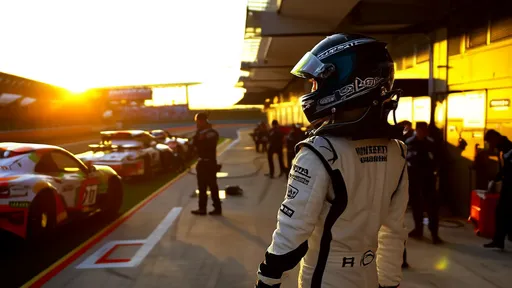
By /Jun 14, 2025
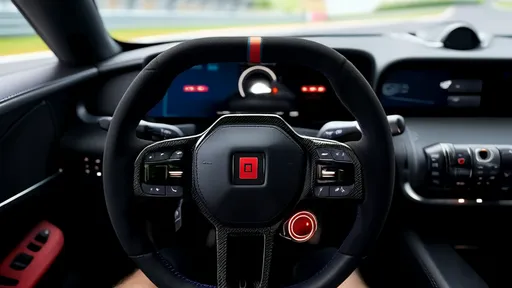
By /Jun 14, 2025
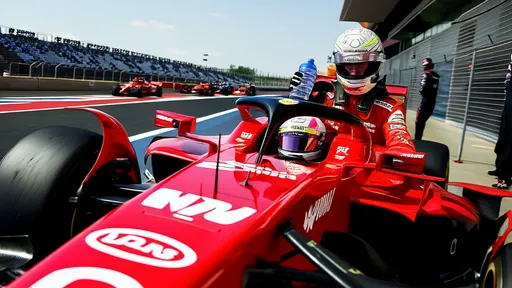
By /Jun 14, 2025
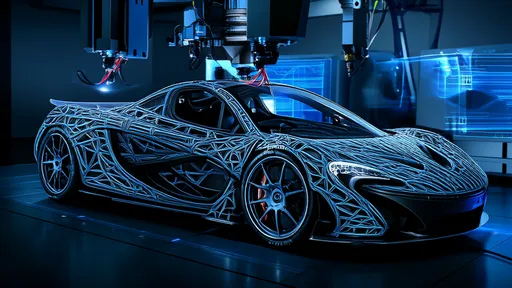
By /Jun 14, 2025
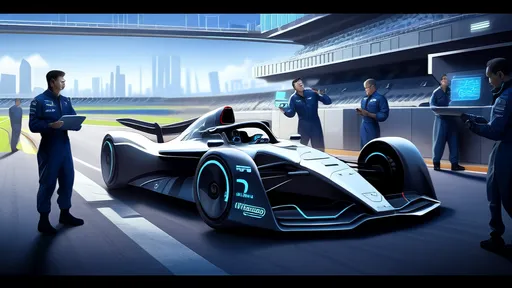
By /Jun 14, 2025
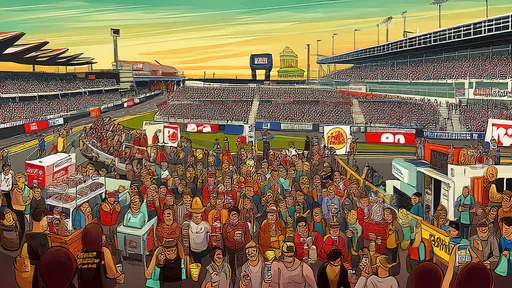
By /Jun 14, 2025

By /Jun 14, 2025

By /Jun 14, 2025

By /Jun 14, 2025
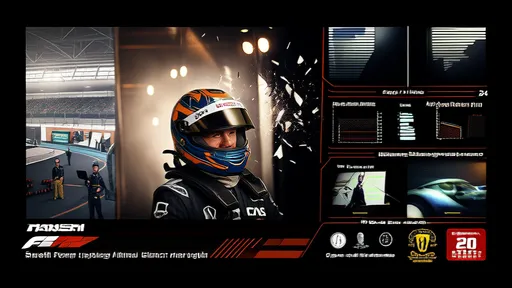
By /Jun 14, 2025
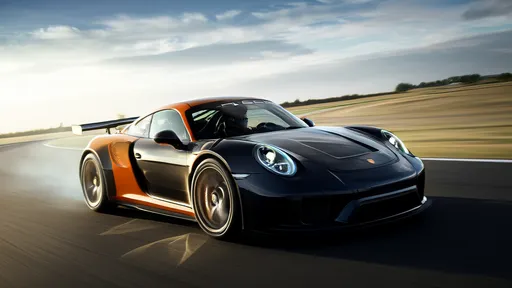
By /Jun 14, 2025
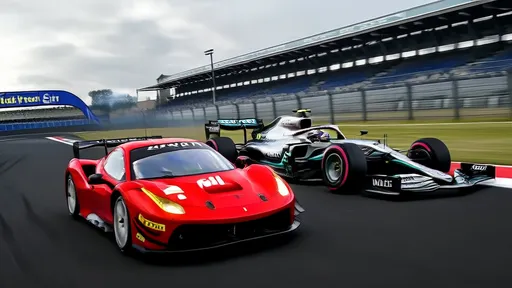
By /Jun 14, 2025
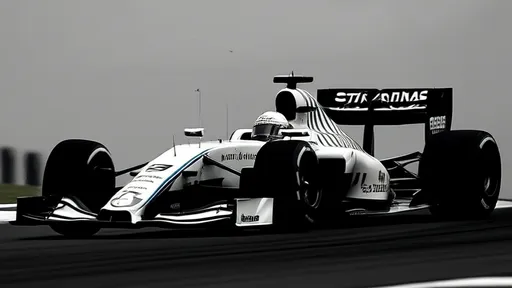
By /Jun 14, 2025
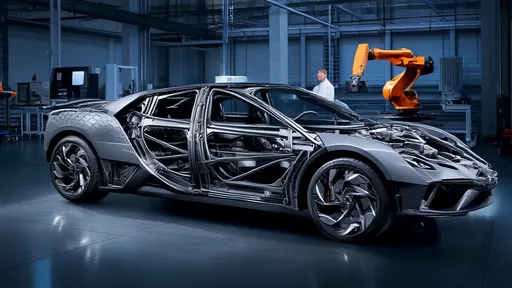
By /Jun 14, 2025

By /Jun 14, 2025

By /Jun 14, 2025
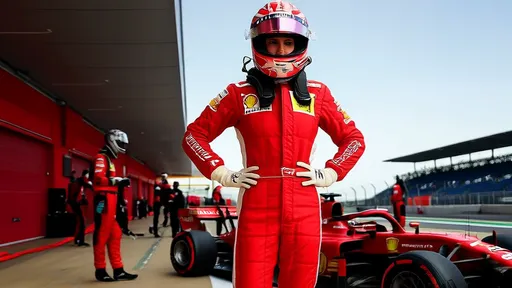
By /Jun 14, 2025